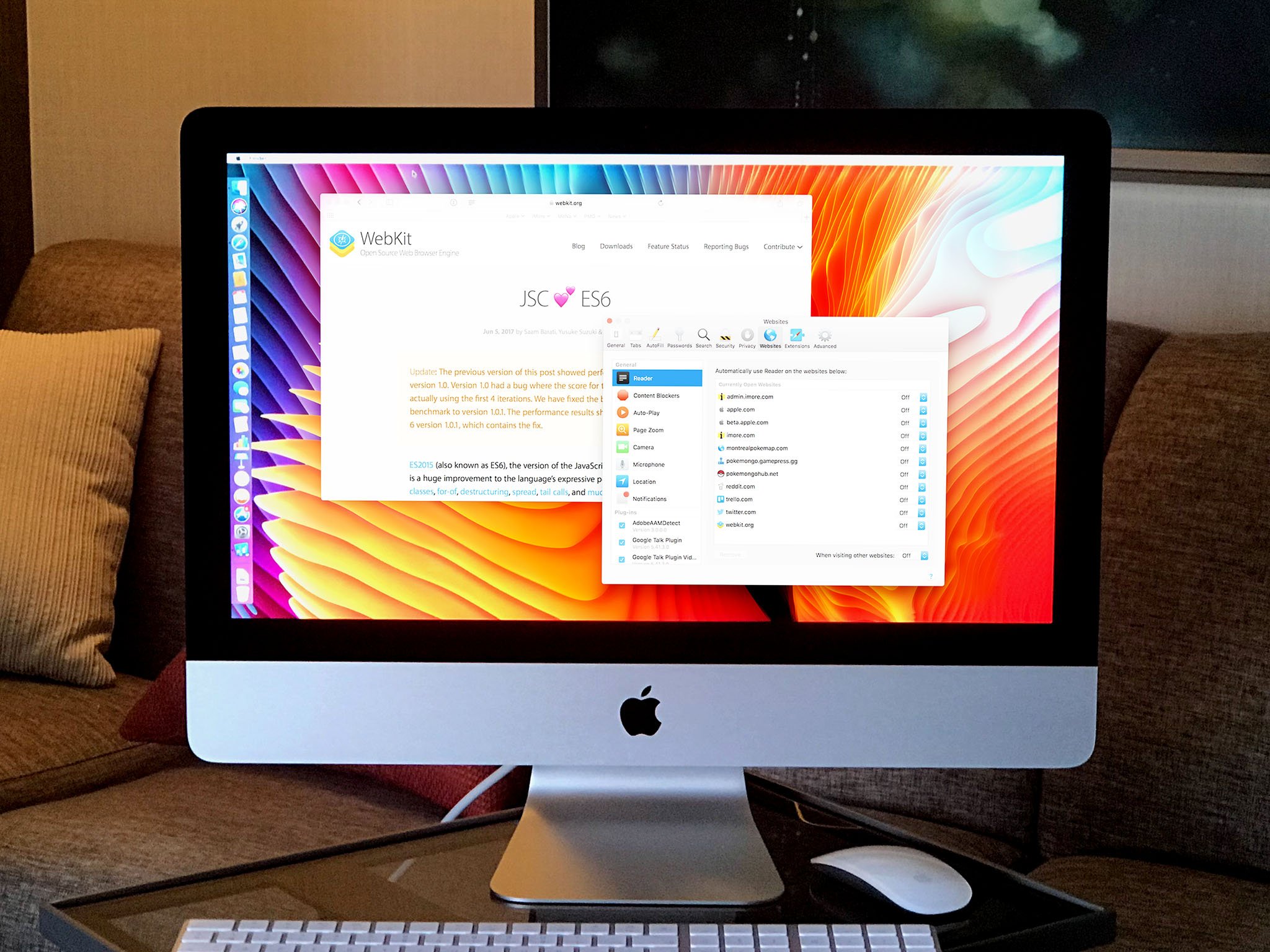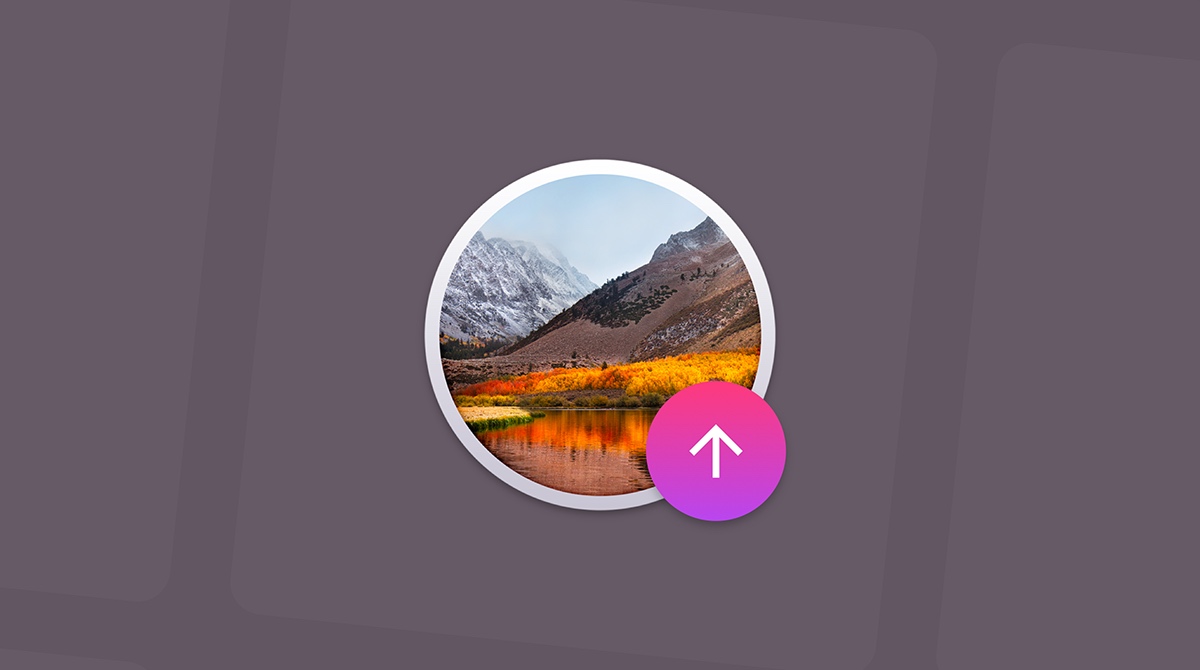Download the macOS High Sierra Installer If you have already upgraded your Mac to macOS High Sierra, you’ll notice that the installer is nowhere to be found. That’s not a problem, since it’s available for download on the Mac App Store. If this link doesn’t work (it may change during the year), the most consistent way to find it is to. Note: When you upgrade to the latest version of macOS 10.13.4 or launch a Creative Cloud application for the first time on the latest versions of macOS High Sierra, you may see a warning message that indicates Adobe software needs to be optimized for better performance. MacOS High Sierra DMG OverView: Many Mac users that are trying to download macOS High Sierra from the Mac App Store will find that the small version of 19 MB of “Instead of the whole 5.2 GB installer for macOS High Sierra.app” has a download on the /Application folder of the target Mac. This is annoying as it prevents the use of one single. If you want to upgrade to this version, it is possible as long as your current operating system version is lower than macOS High Sierra. Natively, look for “Disk Utility” in your application, select an external USB device with a capacity of 8 GB or larger, format it directly, and remember to choose the format “Mac OS Extended (Journaled)”.
How To Upgrade From Macos Sierra To High Sierra
Related: Install macOS High Sierra on VirtualBox on Windows New Method Although Apple does not support and instead forbids that. With that, it’s strict enough that Aplle does even with it’s older Macs.
24 Apr How to Upgrade Mac to macOS High Sierra
April 24, 2018
The latest version of the macOS operating system, macOS High Sierra, was released on Monday, September 25, 2017.
In this article, we will explain how to upgrade mac to macOS High Sierra.
Why Should We Upgrade to macOS High Sierra?
Apple released the latest macOS, High Sierra, and added some new features including a new and improved Apple File System (AFPS), a faster browser, stellar graphics, better gaming capabilities and VR support. MacOS 10.13 is absolutely worthwhile to upgrade your Mac.
macOS High Sierra System Compatibility
You can download and install macOS High Sierra OS for free in 2009 or later. Basically, if your Mac is currently running macOS Sierra system (macOS 10.12), you can smoothly upgrade to macOS High Sierra.
The following is the device compatibility information released by Apple:
- iMac (Late 2009 or newer)
- MacBook Air (Late 2010 or newer)
- MacBook (Late 2009 or newer)
- Mac mini (Mid 2010 or newer)
- MacBook Pro (Mid 2010 or newer)
- Mac Pro (Mid 2010 or newer)
Some features, such as High Efficiency Video Coding (HEVC) encoding and decoding require newer processors and devices, some of which unfortunately cannot run on older devices.
If you are running OS X Lion (10.7.5) or later, you can upgrade directly to macOS High Sierra.
How to Upgrade macOS
There are two ways to upgrade macOS: directly in Mac App Store, or upgrade using an USB device.
No matter which way you choose, always remember to back up your data before performing an upgrade.
Time Machine Backup
Apple has its own official backup tool: Time Machine. This feature was released in OS X 10.5 Leopard. If you have never backed up, let me tell you how important it is.
Time Machine can connect to your Mac and any external hard drive via USB, FireWire or Thunderbolt port. Back up everything on your Mac directly to your hard drive, in case the Mac cannot upgrade properly.
It also supports Apple’s Time Capsule and backup disks connected over a network as long as the disks support AFPS. As long as the disk is available to your Mac, you can use it for Time Machine backups.
When enabled, Apple’s Time Machine will periodically transfer all files and store data on an inserted external hard drive or on a Time Capsule connected to the network.
You can choose hourly, daily or weekly backup to store your data on the external hard drive. When the external device is full, Time Machine will delete the oldest backup and replace it with the newer version.
Let’s check how to enable Time Machine backup on Mac devices.
1. Choose “System Preferences…” from the Mac menu.
2. Double-click the Time Machine icon.
3. Click “Select Backup Disk…” to select the disk you want to use as a Time Machine backup.
4. Select the “Back Up Automatically” check box so that your Mac will automatically back up data to your chosen disk.
If you want to restore files from Time Machine, make sure your Mac is running. Click “Enter Time Machine”, find the previous file or folder, and then click “Restore.”
Besides Time Machine, you can try other great backup and restore software such as Carbon Copy Cloner (CCC) and SuperDuper.
1. Direct Upgrade in Mac App Store
Generally, you can upgrade your system directly in the Mac App Store by clicking “Check for Updates” or click the following link to download macOS High Sierra:
https://itunes.apple.com/app/macos-high-sierra/id1246284741?l=en&mt=12
If you use a Beta version, you still need to click the link above to download the system, or go to the developer’s website for download information.
If you want to choose “USB clean upgrade”, check the detailed information below.
2. Upgrade using USB device
i. USB Preparation
Before formatting your current operating system, download macOS High Sierra from the Mac App Store first. You will need a copy of macOS High Sierra to perform a clean installation later. If you want to upgrade to this version, it is possible as long as your current operating system version is lower than macOS High Sierra.
Natively, look for “Disk Utility” in your application, select an external USB device with a capacity of 8 GB or larger, format it directly, and remember to choose the format “Mac OS Extended (Journaled)”. If it is a hard disk, it would be better to make a partition beforehand.
If you have already downloaded the macOS High Sierra package, do not click on the installation. Directly open the “terminal” program, which you can find in the application.
When typing the following text in the terminal, check the name of the formatted external USB device. If you do not name it “Untitled”, you need to change the command syntax of the path name: Volumes/Untitled. The names of external USB devices cannot contain spaces and are case sensitive.
sudo /Applications/Install macOS High Sierra.app/Contents/Resources/createinstallmedia –volume /Volumes/Untitled –applicationpath /Applications/Install macOS High Sierra.app –nointeraction
Press “Enter” on your keyboard to execute the command. You will then be prompted to enter the administrator password. It will start the process after the operation, which can take a long time, depending on the transfer speed of the external USB device. When done, the terminal window will report “Done.”
ii. USB Upgrade Installation
a. Click the Apple icon .
b. Choose “Restart…” from the drop-down menu.
c. Press and hold “Command+R” when you hear a startup ring (or when the screen on your newer Mac device turns black), and hold down the keys until your computer restarts.
d. Open “Disk Utility”, choose your startup disk, and then click “Erase”.
e. Select “Mac OS Extended (Journaled)” from the list of volume formats and start formatting.
f. When it returns to the former page, insert your USB and click “Continue”.
g. When the installation window appears, click “Continue” again.
h. Agree to the software terms and conditions. Choose your hard drive.
i. Click “Install” and wait until the upgrade is done
How to Keep Your Mac Always Clean
If you have done a complete installation of macOS, you must be enjoying the completely new macOS now. I believe you also want to keep your Mac clean. Let’s say someday your Mac has a lot of junk files and duplicate photos. There are also probably many apps you have never used and don’t need them anymore. I must tell you there is a savior for your Mac! Its name is Cleaner One. It’s really great to have such a system optimizing tool. With its “Junk Files” feature, it not only cleans temporary files including logs, mail caches, iTunes and iOS temporary files, and empties trash for the current user, but also detects remaining files after deleting apps.
It also has a function called “Duplicate Files”, which can find duplicate files on your Mac through fast and accurate scanning techniques covering your entire home folder. Duplicates are selected not only by the file name but also by their contents. Files are shown in detailed previews. It can further help you decide which copy to delete by presenting the “Auto Select” button.
Duplicates can be sorted by file type and listed in their full route for you to track. You can decide which way to clean these files; either by sending them to trash or deleting them permanently.
Upgrade From Macos Sierra To High Sierra
You probably also need an intelligent app uninstaller. Don’t worry, Cleaner One has this function. It can auto-clean leftovers of deleted apps and manage all the applications installed on your Mac easily. When you remove an app you don’t need anymore, it can get rid of all the associated files of the uninstalled app as well. It will also notify you of new updates to installed apps.
Mac Os Sierra To High Sierra Download

Note:
When you upgrade to the latest version of macOS 10.13.4 or launch a Creative Cloud application for the first time on the latest versions of macOS High Sierra, you may see a warning message that indicates Adobe software needs to be optimized for better performance. This is due to some 32-bit components that we are working to address in a future Creative Cloud update. Please note that no action is required from you at this time and your applications will still run as normal.
For more information, see 32-bit app compatibility with macOS High Sierra 10.13.4.
Adobe has tested the latest versions of Adobe Creative Cloud applications for reliability, performance, and user experience when installed on Intel-based systems running macOS High Sierra (version 10.13). The latest versions of all Creative Cloud products are compatible.
We are aware of some issues that users may experience after upgrading to macOS High Sierra (10.13). We are working hard to resolve these issues in a forthcoming release.
- Adobe Photoshop
- Adobe Illustrator


If you encounter any issues, report them on our bug reporting form.

We encourage that customers check plug-in compatibility with vendors before upgrading to macOS High Sierra. Additionally, we recommend that customers perform their own testing on a non-production partition to ensure that their current hardware and drivers work with the new operating system.
Upgrade From Mac Os Sierra To High Sierra
Adobe offers support to customers running macOS High Sierra in accordance with our standard customer support policies. Visit the Support hub for additional information about our support programs.
Yes. If a full version of a product is compatible with macOS High Sierra, then the trial version of that product is compatible as well. Any known issues described in this document also apply to the trial versions.
